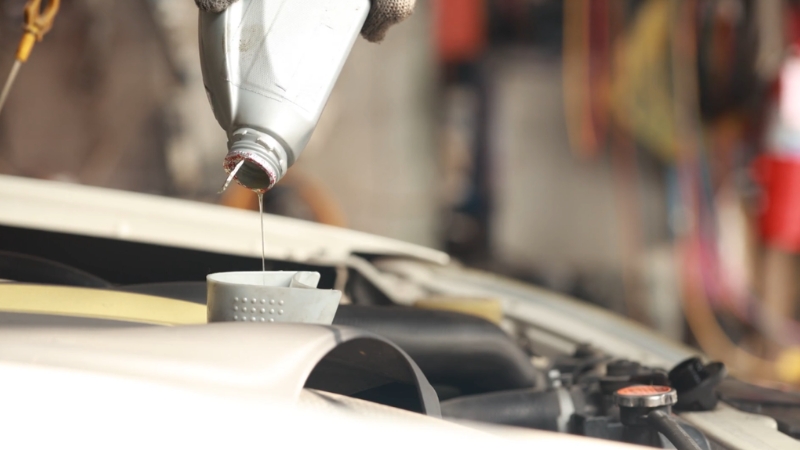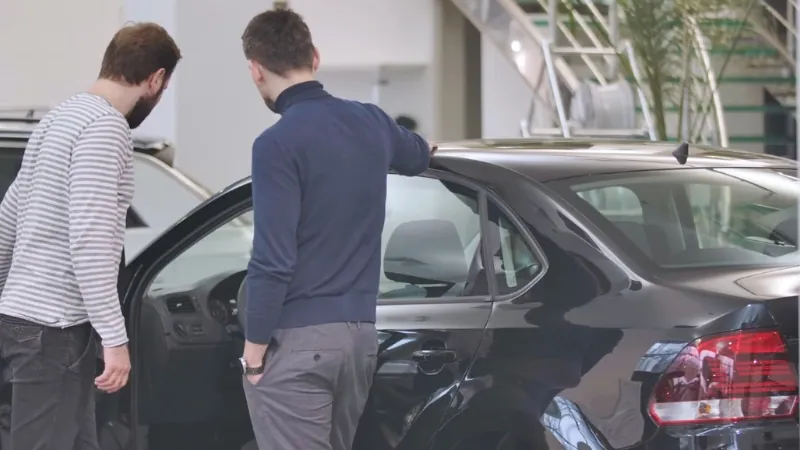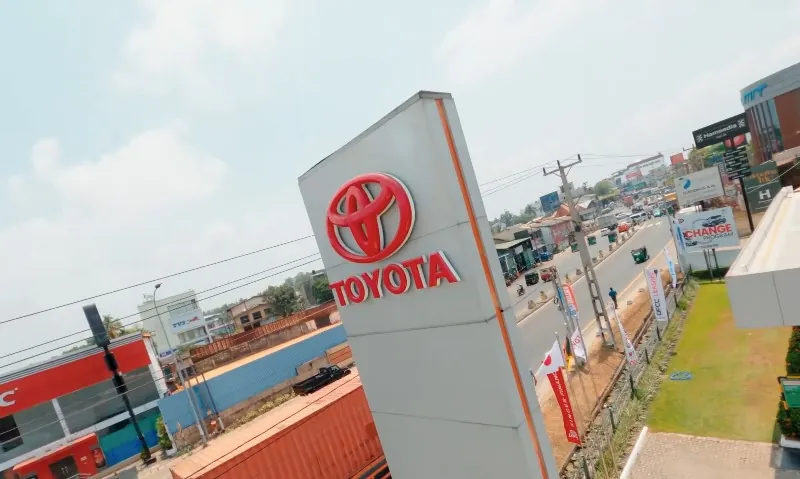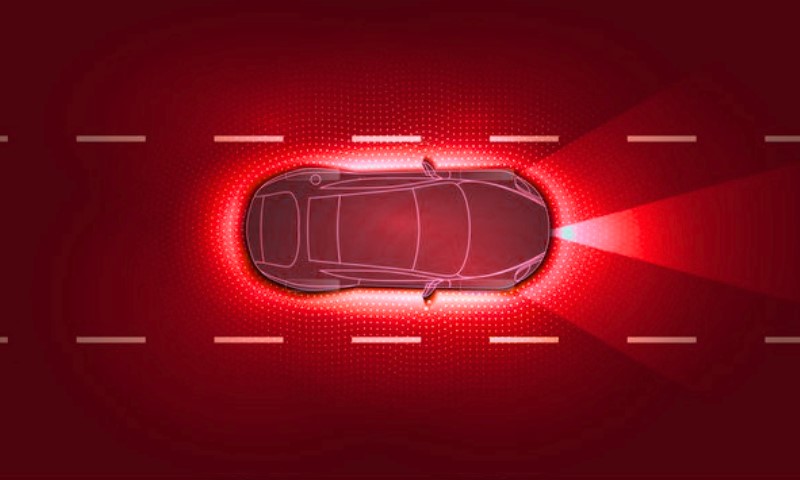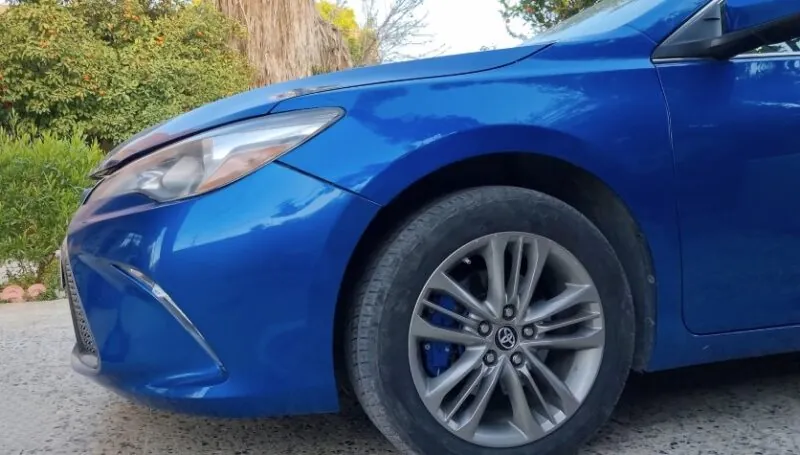
Share Post:
Cars can be temperamental machines. One day, everything runs smoothly. The next day, a persistent squeak appears whenever the steering wheel turns.
That noise might seem harmless at first, but ignoring it can lead to pricier repairs down the road. A squeak often indicates an underlying mechanical issue, and it’s far better to tackle it early than to risk driving a vehicle that’s steadily falling apart.
Throughout my career, I have heard countless squeaks, squeals, and squeals-from-the-depths-of-heck. They all signal one thing: pay attention or pay more later.
Table of Contents
ToggleThe Heart of the Problem
A squeak during turns isn’t just an irritation; it can be a neon sign screaming for attention. Worn belts, fluid woes, or worn-out suspension pieces can wreck anyone’s morning commute.
Nobody wants to deal with sudden breakdowns or catastrophic failures on the freeway, so that grating noise deserves immediate investigation. Spend a bit of time (and maybe some spare cash) now, and avoid horror stories in the future.
Some are easy to fix with basic tools, while others demand professional expertise. A bit of knowledge goes a long way in keeping that vehicle safe and quiet around every bend.
Common Culprits Behind Squeaking Noises
Here are some of the main reason you hear this type of noise:
1. Worn or Loose Drive Belt (Serpentine Belt)
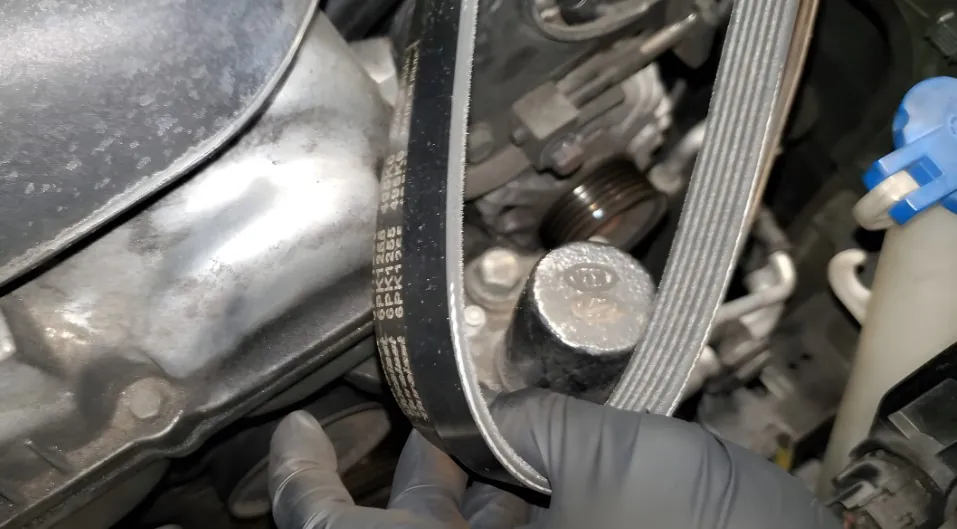
One of the most typical causes involves a drive belt—often called a serpentine belt. That belt loops around pulleys linked to important devices like the power steering pump, alternator, and air conditioner compressor.
Over time, the belt can wear down, lose its tension, or get misaligned on the pulleys. All sorts of high-pitched shrieks might arise, especially noticeable while turning the steering wheel.
Why It Happens
- Rubber wear: Cracks or fraying lead to slipping.
- Improper tension: A belt that’s too loose or too tight.
- Misalignment: The belt doesn’t sit flush with pulleys.
Solutions
- Inspect for visible damage.
- Maintain correct tension using the tensioner mechanism.
- Replace a failing belt promptly.
- Never grease or oil a serpentine belt, since those substances will make it slip more.
Experts often recommend replacing a serpentine belt every 60,000 to 100,000 miles, but that can vary based on driving conditions. Overlooking a worn belt can cost big bucks if it snaps and leaves a driver stranded.
2. Insufficient Power Steering Fluid
Power steering fluid is the lifeblood of a hydraulic steering system. A dip in fluid levels can mean increased friction inside the power steering pump, leading to whining or squeaking when turning the wheel.
That reservoir is usually transparent or translucent under the hood, and it has markings to indicate proper levels.
Why It Happens
- Leaks in hoses or seals.
- Neglected maintenance schedule.
- Fluid degradation due to age or contamination.
Solutions
- Check fluid levels.
- Top off if low, but keep an eye out for oil leaks.
- Repair any leaks promptly to avoid pump damage.
Replacing power steering fluid at recommended intervals keeps steering smooth and quiet.
Drivers often forget that old fluid can lose its lubricating properties, so a power steering system can be starved of proper lubrication if not serviced.
3. Worn Suspension Components
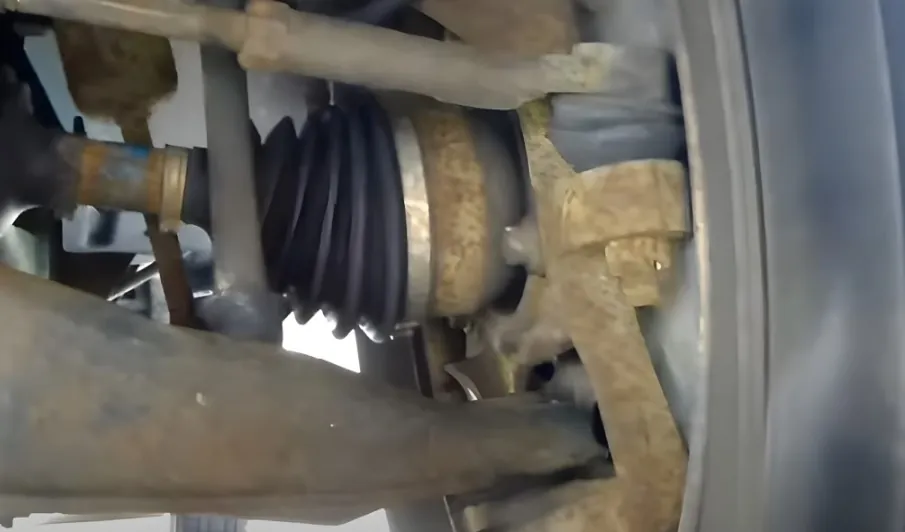
Ball joints, tie rod ends, and bushings make up a big chunk of the suspension system. When any of those wear down, squeaks can appear at the slightest turn.
It’s not uncommon for older vehicles or those that frequently endure rough roads. Grease in joints eventually dries out, leading to squeaky metal-on-metal contact.
Why It Happens
- Everyday wear from rough roads.
- Loss of lubrication in pivot points.
- Cracked or torn rubber bushings.
Solutions
- Inspect ball joints, tie rods, bushings for cracks, looseness, or leaks.
- Replace worn parts.
- Use proper grease or recommended lubricants.
Regular suspension checks can seem like a hassle, but ignoring them can lead to bigger headaches, like uneven tire wear or misaligned steering.
Better to fix a squeak than deal with a wheel falling off, which can happen in severe cases of part failure.
4. Dry or Worn Strut Mounts
@krisbuchowicz It is the same procedure if you are replacing just the strut. #suspension #strut #toyota #howto #replace #alignment #tiktokcars #mechanic ♬ original sound – Kris Buchowicz
Strut mounts play a key part in dampening vibrations. They sit at the top of the suspension strut and connect it to the vehicle chassis.
When those mounts wear out or lose lubrication, steering maneuvers can produce squeaky or creaking noises.
Why It Happens
- Wear from age and constant movement.
- Lack of lubrication in the mount’s bearing.
- Exposure to harsh road conditions that accelerate wear.
Solutions
- Check for dryness or signs of damage in mounts.
- Apply the correct lubricant if the mount is still in decent shape.
- Replace mounts entirely if they’re shot.
A fresh set of strut mounts helps restore that factory-smooth ride and eliminates worrisome noises.
5. Steering Column Issues
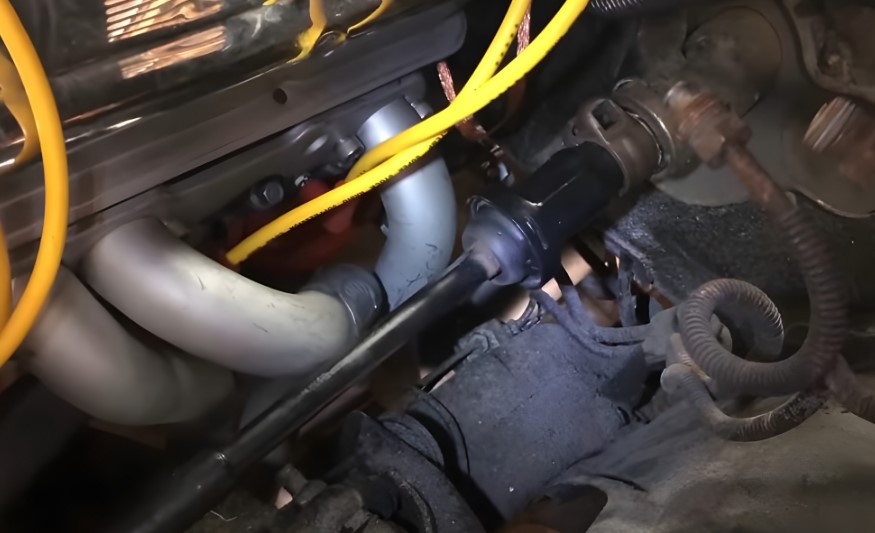
That long column running from the steering wheel to the steering rack can create a surprisingly loud squeak.
Internal bearings, bushings, and pivot points need lubrication. Worn-out or improperly lubricated components produce ear-piercing sounds that might echo through the cabin.
Why It Happens
- Dried-out bearings inside the column.
- Loose or misaligned steering shaft components.
- Manufacturing defects or previous repairs done poorly.
Solutions
- Get a thorough inspection by a professional.
- Re-lubricate bearings or replace worn parts.
- Check universal joints in the steering shaft for signs of wear.
6. Brake System Concerns
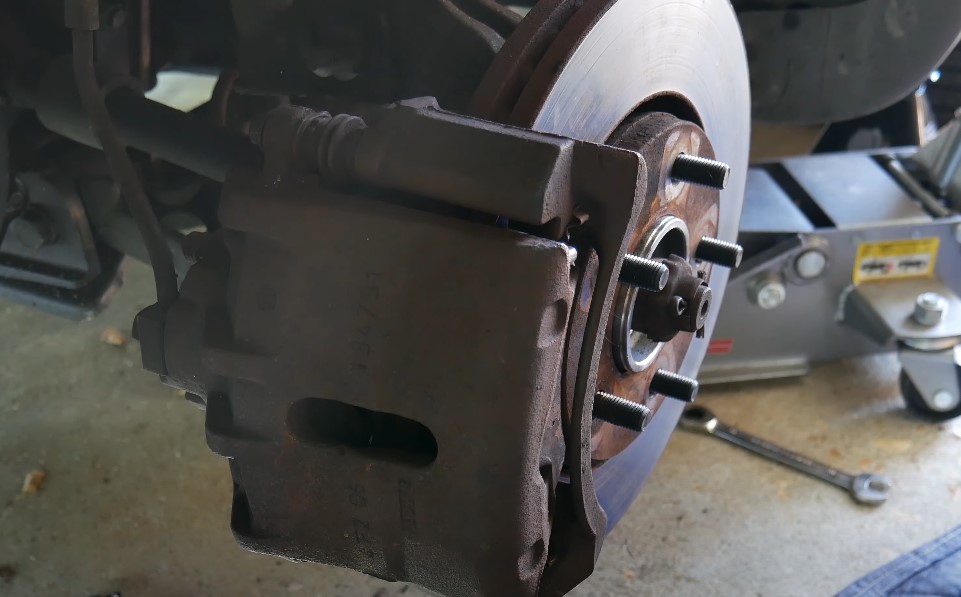
A squeak while turning might originate in the brake system, though it’s less common.
Worn brake pads, especially those with built-in wear indicators, can produce noises that become more pronounced when cornering. Debris stuck between a pad and rotor might cause squealing as well.
Why It Happens
- Brake pad wear indicators rubbing against rotors.
- Trapped dirt or small stones.
- Rotor surface irregularities.
Solutions
- Inspect pads for wear; replace if they’re thin.
- Remove any debris.
- Consider resurfacing or replacing rotors if they’re grooved or warped.
A squeak from the brakes may prompt some drivers to blame the power steering or suspension, but a quick inspection of the braking system can reveal the true culprit.
Personally, I’ve seen tiny pebbles cause the loudest squeals, so it’s wise to rule out simple issues first.
7. Tire-Related Issues
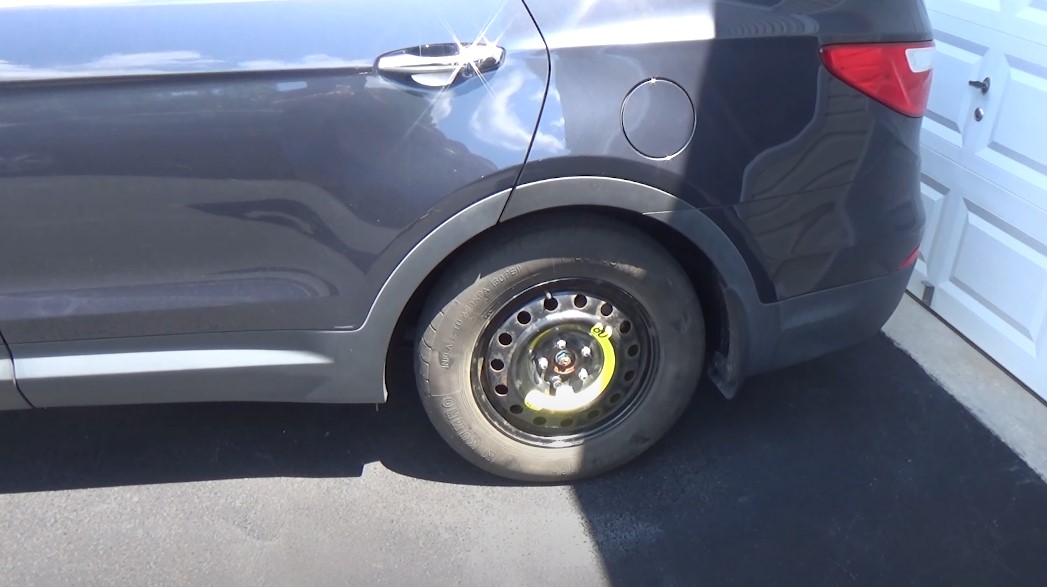
Tires might produce their fair share of racket, especially when the sidewalls flex during turns or if tread wear is uneven.
Improper inflation can lead to odd squeaking or squealing sounds, mostly noticeable on tight maneuvers like parking lot corners or U-turns.
Why It Happens
- Underinflated or overinflated tires.
- Uneven tread wear or cupping.
- Mismatch of tire brands or models on different wheels.
Solutions
- Maintain correct tire pressure as recommended by the manufacturer.
- Rotate tires on a regular basis.
- Replace tires when tread is low or wear is uneven.
A car can’t handle properly on compromised tires. That squeak might be the tires’ way of letting a driver know they’re unhappy with the situation.
Preventive Measures to Keep Squeaks at Bay
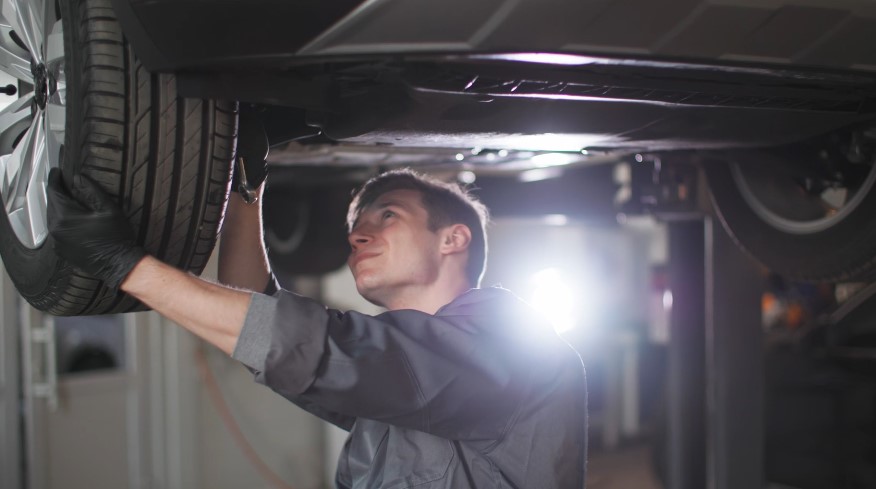
Keeping a car squeak-free isn’t rocket science, but it does require consistent attention. The average driver often forgets that routine inspections and simple upkeep can save thousands in repairs later.
Routine Maintenance
- Check belts and hoses periodically.
- Flush and replace fluids according to the schedule in the owner’s manual.
- Inspect suspension components for wear or looseness.
Quick Response to Unusual Noises
- Investigate immediately when a squeak, squeal, or knock appears.
- Keep a simple log of unusual sounds, noting their frequency and conditions when they appear.
- Seek a mechanic’s opinion if uncertain.
Professional Inspections
- Schedule periodic checks by qualified mechanics.
- Catch problems early, before they morph into major failures.
- Ask questions and learn about potential trouble spots.
Good Driving Habits
- Avoid aggressive cornering on poorly maintained roads.
- Slow down when crossing speed bumps or potholes.
- Keep an eye on tire pressure—underinflation is a real problem.
Summary
A squeaking noise during steering points to issues in areas like belts, fluid levels, or suspension components. Early detection and action prevent small headaches from morphing into wallet-emptying nightmares.
Keep an ear open for any persistent noise. Give the belt a look, ensure fluid is topped off, and don’t neglect parts like ball joints or strut mounts.
The payoff is a safer drive, fewer surprises on the road, and, frankly, more cash left in your pocket. Word to the wise: cars are demanding beasts, but they’ll reward consistent maintenance with smooth, squeak-free handling.
Notice any suspicious sounds? Don’t brush them off. A quick check now keeps you from dealing with towed-truck drama later.
Related Posts:
- Why Does My Car Smell Like Gas? Common Causes and Solutions
- Subaru CarPlay Not Working: 5 Common Reasons & Solutions
- White Smoke Coming from Your Car's Exhaust? Causes…
- Coolant Leak from the Bottom of the Car - Causes and…
- Car Clicking But Won’t Start? Common Causes and How…
- Mazda MX‑5 Miata: A 1990s Roadster Turning Into a…


